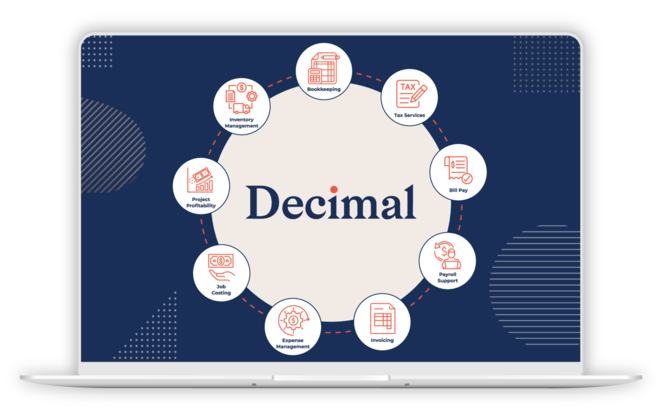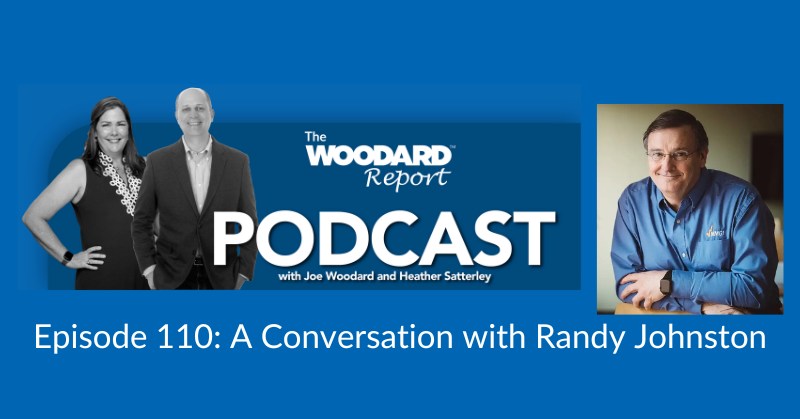Every business faces risks, but understanding the different types of risk is crucial for strategic decision-making. Operating risk, financial risk, and total risk are key factors that influence a company’s stability, profitability, and long-term success. Accounting professionals must help their clients recognize how these risks interact and take steps to manage them effectively.
The relationship between operating risk, financial risk, and total risk
Total risk is the combined effect of operating and financial risks on a business. Operating risk arises from a company’s day-to-day operations, including cost structures and revenue variability. On the other hand, financial risk stems from a company's use of debt to finance its operations. A business’s total risk is the sum of these two risks, highlighting the importance of balancing them effectively.
For example, consider a restaurant chain that faces high operating risk due to fluctuating food costs and seasonal variations in customer demand. If the company also takes on excessive debt to open new locations, financial risk increases, making the business highly vulnerable to economic downturns. A sudden drop in revenue, such as during the COVID-19 pandemic, could leave the restaurant struggling to cover both operational expenses and debt payments, leading to closure.
Why understanding business risks is essential
Managing risk is fundamental for business sustainability. A notable example is Procter & Gamble (P&G), which has effectively managed its risk exposure by diversifying its product portfolio and maintaining a conservative financial strategy. During economic downturns, P&G leverages its broad range of consumer products to stabilize revenue streams, reducing operational risk. Additionally, the company maintains a balanced capital structure with moderate debt, ensuring financial resilience even in times of market volatility. This approach has allowed P&G to maintain steady growth while mitigating both operating and financial risks.
Failing to account for operating and financial risk can lead to financial distress, reduced competitiveness, or even business failure. A real-world example is the collapse of Toys "R" Us, which faced significant financial risk due to high debt from a leveraged buyout. When operational challenges, such as declining sales and increased competition from e-commerce, added to its burden, the company was unable to recover.
Proper risk assessment helps businesses:
- Make informed investment and expansion decisions.
- Ensure financial stability and liquidity.
- Protect against economic downturns and market fluctuations.
- Maintain investor and stakeholder confidence.
Impact of fixed asset investments on operating risk
Investing heavily in fixed assets, such as property, machinery, and technology, increases operating risk. High fixed costs mean a company must generate sufficient revenue to cover its expenses, making it more vulnerable to fluctuations in revenue. Additionally, such investments can increase financial risk if funded through debt, adding to the company’s total risk exposure.
A prime example is the auto industry, where manufacturers like Ford and General Motors must invest billions in production plants and equipment. If sales decline, these fixed costs remain, leading to financial strain. During the 2008 financial crisis, GM filed for bankruptcy due to the heavy burden of its fixed costs combined with declining vehicle sales.
Effect of high debt on financial risk
A business with significant debt faces heightened financial risk. High debt levels require consistent interest payments, reducing financial flexibility. If revenue declines, the burden of debt repayment can strain operations, increasing total risk. Conversely, companies with lower financial risk tend to exhibit greater resilience against economic downturns.
For instance, Lehman Brothers collapsed in 2008 due to their overleveraged financial structure. The firm had taken on too much debt to finance high-risk investments. When the mortgage crisis hit, it was unable to meet its debt obligations, leading to its downfall.
Industries with high operating risk
Specific industries inherently face higher operational risks due to their cost structures and market volatility. Examples include:
- Airlines: High fixed costs from aircraft purchases and maintenance, coupled with fluctuating fuel prices and demand volatility. For example, Delta Airlines faced significant financial stress during the COVID-19 pandemic when travel demand plummeted.
- Hospitality: Dependence on seasonal demand and economic conditions, leading to revenue unpredictability. A case in point is Marriott International, which had to significantly downsize operations and seek financial aid when travel restrictions reduced hotel occupancy.
- Manufacturing: Capital-intensive operations and supply chain dependencies create vulnerability to economic shifts. Tesla, for example, faces high operating risk due to its heavy reliance on lithium battery production and global supply chains.
Industries with high financial risk
Industries with substantial financial leverage are more susceptible to higher financial risk. Examples include:
- Real Estate Development: Heavy reliance on debt financing to fund projects, making businesses sensitive to interest rate changes. A notable example is Evergrande, a Chinese property developer who struggled with debt repayment due to excessive borrowing.
- Private Equity: Dependence on leveraged buyouts to finance acquisitions results in increased exposure to financial instability. The failure of Toys "R" Us serves as a cautionary tale of private equity mismanagement, highlighting the result of excessive financial risk.
- Banking: High leverage ratios and credit risk exposure amplify financial risk. The 2023 collapse of Silicon Valley Bank demonstrated the devastating impact of poor risk management and exposure to interest rate fluctuations on financial institutions.
Why high operating risk companies should minimize financial risk (and vice versa)
To maintain resilience, businesses must balance the interplay between operating and financial risk. Businesses with high operating risk should maintain low financial risk to avoid excessive total risk. For example, an airline with significant fixed costs should limit its use of debt financing to maintain financial flexibility during downturns. High debt in such cases can amplify financial distress, leading to insolvency.
A real-world example is Southwest Airlines, which has traditionally maintained a lower financial risk profile compared to its competitors, such as American Airlines. By avoiding excessive debt and keeping operational costs low, Southwest remained more resilient during economic downturns.
Conversely, companies with substantial financial risk should minimize operating risk to maintain stability. A real estate firm heavily reliant on debt should avoid investments in volatile markets or projects with high fixed costs. Managing operational efficiency ensures debt obligations remain manageable.
For example, Blackstone, a major private equity firm, focuses on low-operational-risk investments such as rental properties with stable cash flows. By selecting assets with predictable income streams, Blackstone mitigates its risk of high financial leverage.
Balancing operating risk and financial risk to minimize total risk
A strategic approach to balancing these risks can reduce a company’s overall exposure. Businesses can reduce total risk by:
- Diversifying revenue streams to mitigate operating risk. For example, Amazon expanded into cloud computing (AWS) to mitigate the risk of fluctuations in the retail market.
- Optimizing cost structures to lower fixed expenses. During the pandemic, many restaurants shifted to delivery models to minimize dine-in operational risks.
- Maintaining a balanced mix of equity and debt financing. Apple maintains a low-debt strategy despite having the capital to leverage financing, reducing financial risk.
- Implementing risk management strategies, such as hedging and contingency planning. Airlines, for example, hedge fuel costs to protect against price volatility.
- Regularly reassessing financial health and adjusting capital structure accordingly. Companies like Microsoft consistently monitor their debt-to-equity ratios to ensure financial stability.
Conclusion
Accounting professionals play a vital role in helping businesses manage risk strategically. Understanding and managing operating, financial, and total risk is essential for business success. To ensure long-term stability, accounting professionals should guide clients in conducting regular risk assessments, diversifying revenue streams, and maintaining a balanced financial strategy. By actively managing these risks, companies can safeguard their operations against economic uncertainties and position themselves for sustainable growth. Now is the time to evaluate your business’s risk profile and take proactive steps to mitigate potential threats.
.png?width=150&height=63&name=TWRlogo-regmark_blueblack%20(1).png)
.png)










Do you have questions about this article? Email us and let us know > info@woodard.com
Comments: